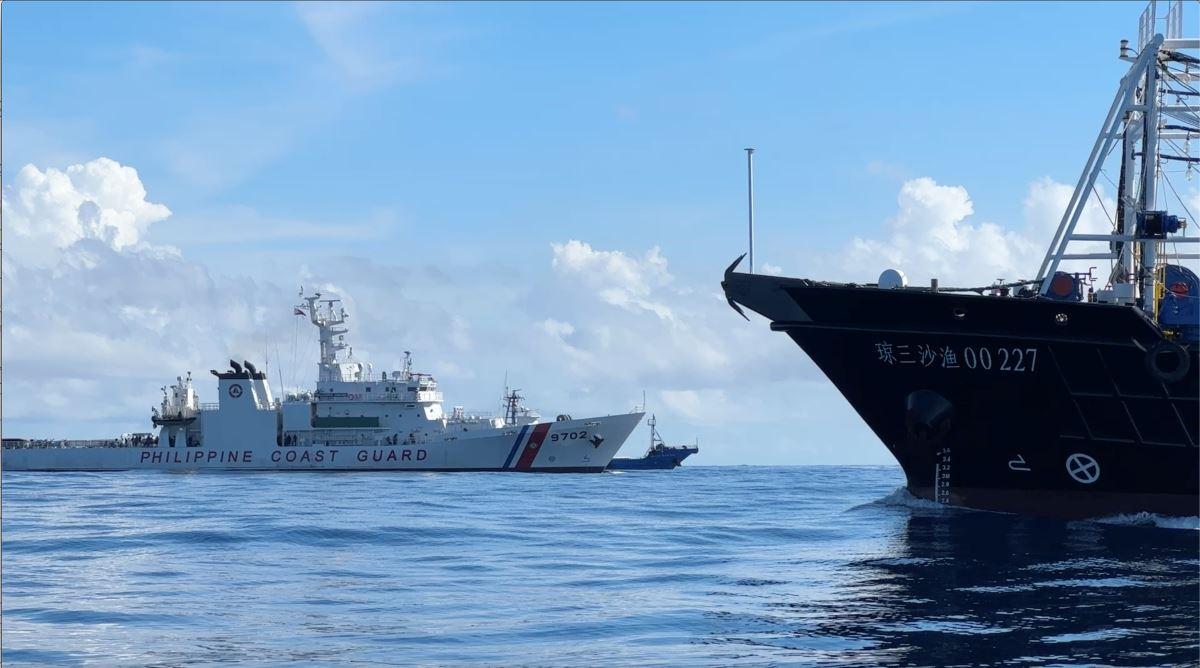Chinese envoy: PH-China relations marked by ‘peaceful coexistence’
By LLANESCA T. PANTI, GMA Integrated News Published March 21, 2024 10:01pm The bilateral relationship between the Philippines and China has always been characterized by “peaceful coexistence” between its peoples, China’s Ambassador to the Philippines Huang Xilian said Thursday. Huang made the remark during an event honoring the role of the Yue Port in Zhangzhou […]


By LLANESCA T. PANTI, GMA Integrated News
The bilateral relationship between the Philippines and China has always been characterized by “peaceful coexistence” between its peoples, China’s Ambassador to the Philippines Huang Xilian said Thursday.
Huang made the remark during an event honoring the role of the Yue Port in Zhangzhou City in fostering trade and good relations between the Philippines and China.
“Peaceful coexistence is the dominant theme of our millennium-old exchanges, one of the common values championed by both civilizations, and the shared aspirations of the two peoples,” Huang said.
He referenced a Chinese saying, which states that one must consult history when observing the present, since the present does not exist without history.
The Chinese ambassador’s message came just a day after the embassy expressed opposition to what it called as United States Secretary of State Antony Blinken’s “thinly veiled threat” to invoke the 1951 Mutual Defense Treaty (MDT) between the Philippines and America amid rising tensions in the West Philippine Sea.
Beijing recently asserted anew China’s historic rights over the “Nanhai Zhudao” or the “South China Sea Islands,” saying it was the first country to discover, name, explore and exploit the maritime features and relevant waters.
Chinese foreign ministry spokesperson Wang Wenbin had claimed that China’s dotted line on the South China Sea was released as early as 1948 and has been upheld by successive Chinese governments.
The Department of Foreign Affairs (DFA) in Manila, however, described Beijing’s claims “baseless and misleading,” noting that the features “appeared and were clearly identified in the administrative maps of the Philippines during the Spanish colonial period, including the 1734 Murillo Velarde Map of the Philippines.”
Meanwhile, Huang said the Yue Port’s role dates back to the 1500s when the Philippines was still under Spanish colonial rule.
He asserted that the entire Minnan region, including southern Fujian and the Yue Port, Quanzhou Port, and the Xiamen Port was the ancient Maritime Silk Road connecting China to the other parts of the world.
The area was a witness to the friendly exchanges and interactions between China and the Philippines, Huang said, including Chinese folk from the Minnan region who supposedly sailed to and settled in the Philippines.
The Chinese settlers developed a strong kinship with the locals, Huang said, claiming that they fought shoulder-to-shoulder with each other against colonial rulers.
Huang said the historical and cultural bonds between the Philippines and China are too strong that both countries share the same goals for their peoples.
“I believe that this event will help us envision the China-Philippines relations from a perspective of looking back on our common memory and building a community with a shared future, thus promote mutual understanding between the two peoples, for the benefit of the 1.5 billion population,” the ambassador said.
Tensions between the Philippines and China have recently escalated in the contested waters, including incidents on March 5 near Ayungin Shoal wherein China Coast Guard ships water cannoned and collided with Philippine vessels. Four Filipino Navy crew members were injured.
The July 2016 Permanent Court of Arbitration ruling upheld the Philippines’ 200-nautical mile exclusive economic zone (EEZ) in the West Philippine Sea. It also recognized that Panganiban (Mischief) Reef, Ayungin (Second Thomas) Shoal, and Recto (Reed) Bank are located within the Philippines’ EEZ, as provided by the United Nations Convention on the Law of the Seas.
The same Hague-based court junked China’s expansive claim of having sovereignty over the vast expanse of the South China Sea, but Beijing has consistently ignored the international court’s ruling. — VDV, GMA Integrated News














